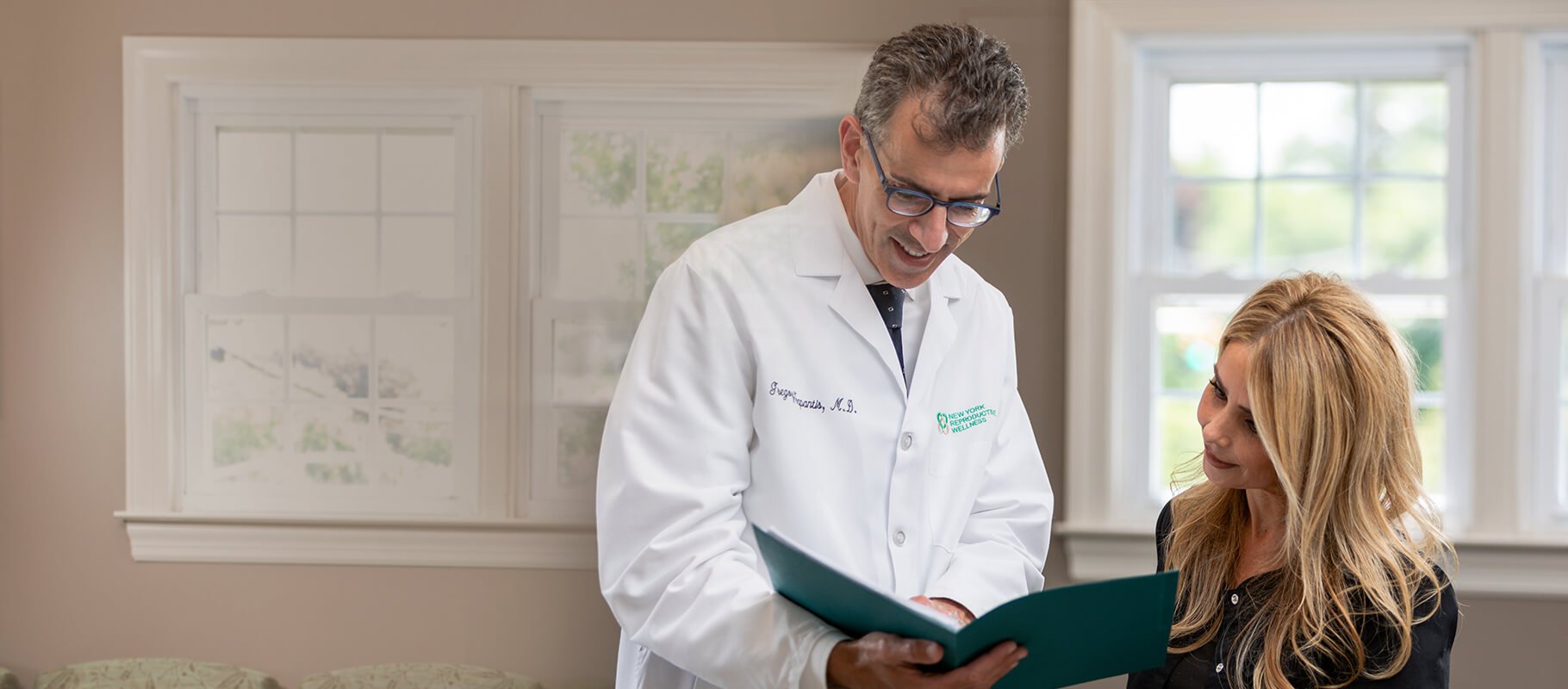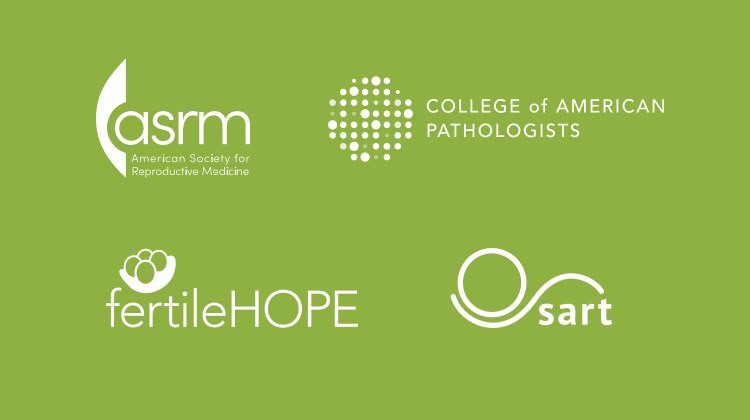How Long Should You Wait to Have Your Fertility Tested?

Generally, couples should wait six months to a year before having their fertility tested. If either couple is experiencing infertility, there are many effective treatments available. Many couples wonder how long it should take to become pregnant. Should they wait three months? Six months? A year?
Although the timetable for every couple is different based on age and health, the general rule is a woman under the age of 35 should try to conceive for a year before she and her partner consult a fertility specialist. The wait period shortens to six months for a woman over the age of 35. In addition to those broad guidelines, a woman who has suffered repeated miscarriages should consult with a doctor to find out if there are any underlying fertility issues.
Couples who haven’t become pregnant by this time shouldn’t be discouraged. In many cases, a series of fertility tests can uncover if something is preventing the couple from conceiving. If a problem is discovered, fertility treatments may improve the chances of becoming pregnant.
Fertility Testing Once a couple begins fertility testing, their doctor will request a complete medical history, including any surgeries, as well as the current health conditions and habits (smoking, alcohol use, etc.) of both partners. For women, the doctor will want to know if menstrual cycles are regular and if there are any gynecological problems, such as endometriosis. Men will be asked if they suffer from erectile dysfunction or have undergone chemotherapy treatments for cancer.
Next, the doctor performs tests to assess the fertility of both partners. A man’s semen is tested for sperm court, sperm motility (the ability of the sperm to swim to the egg), and sperm morphology (the general health of the sperm). A below-normal result for any of those tests could indicate the man may suffer from infertility.
Men’s reproductive organs will also be examined to discover any abnormalities, such as a varicocele. This cluster of varicose veins encasing the scrotum has been linked to male infertility and is present in about 15% of men.
To evaluate women’s fertility, an ultrasound of the pelvic area provides a picture of the ovaries and uterus. The evaluation may include a hysterosalpingogram (HSG), too. For this test, a dye is injected into the uterus. X-rays are then taken as the dye travels through the uterus and fallopian tubes to highlight any blockages.
Additional tests check the woman’s hormone levels in addition to her ovarian reserve. As women age, the number of viable eggs for fertilization generally drops. A low ovarian reserve, therefore, may hinder a woman’s ability to conceive a child.
Helping Couples Become Pregnant Fortunately, there are treatments available to help couples struggling with infertility. Medications can stimulate ovulation in women, while some dietary supplements and vitamins have been shown to increase sperm count and testosterone levels in men.
If the problem stems from a varicocele or a blockage in the fallopian tubes, surgery can remove those impediments. However, sometimes the cause of infertility isn’t so clear. In these instances, assisted reproductive technology procedures such as intrauterine insemination (IUI) and in vitro fertilization (IVF) may be an option.
In IUI, the male’s sperm is injected into the womb while the woman is ovulating. An IVF procedure entails harvesting an egg, which is then fertilized and implanted into the uterus. Both procedures can increase a couple’s chances of becoming pregnant.
At New York Reproductive Wellness, we’re here to help you start or expand your family. Our doctors and reproductive health experts will discuss fertility testing, treatments, and more, including the option to use donor eggs or surrogacy. Contact us today to set up a consultation.







